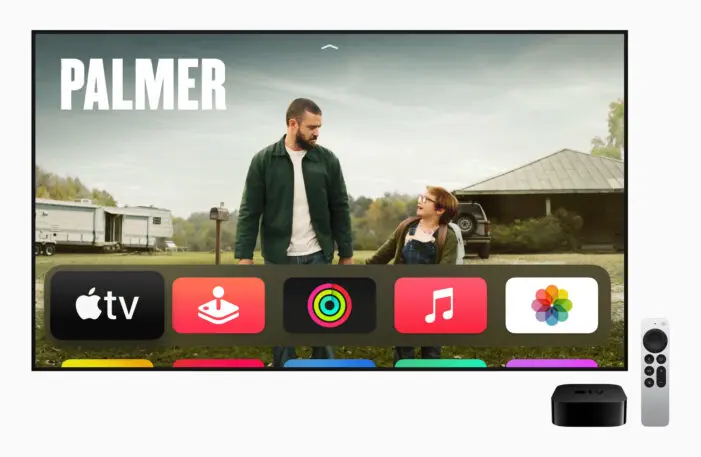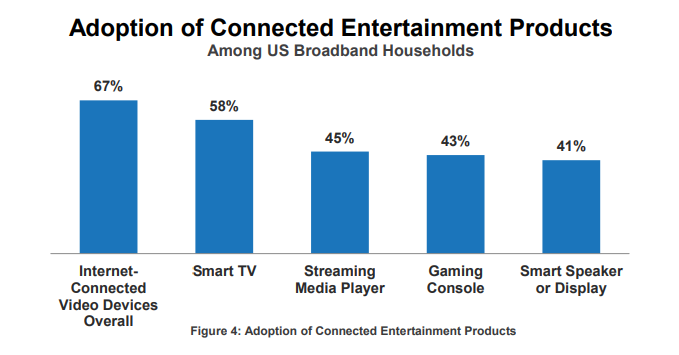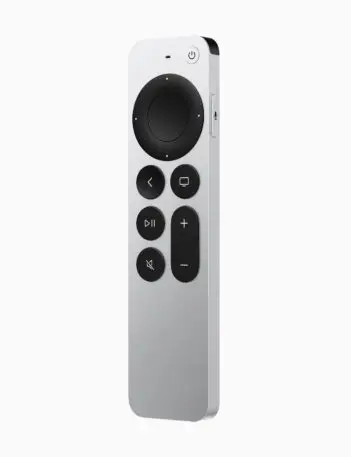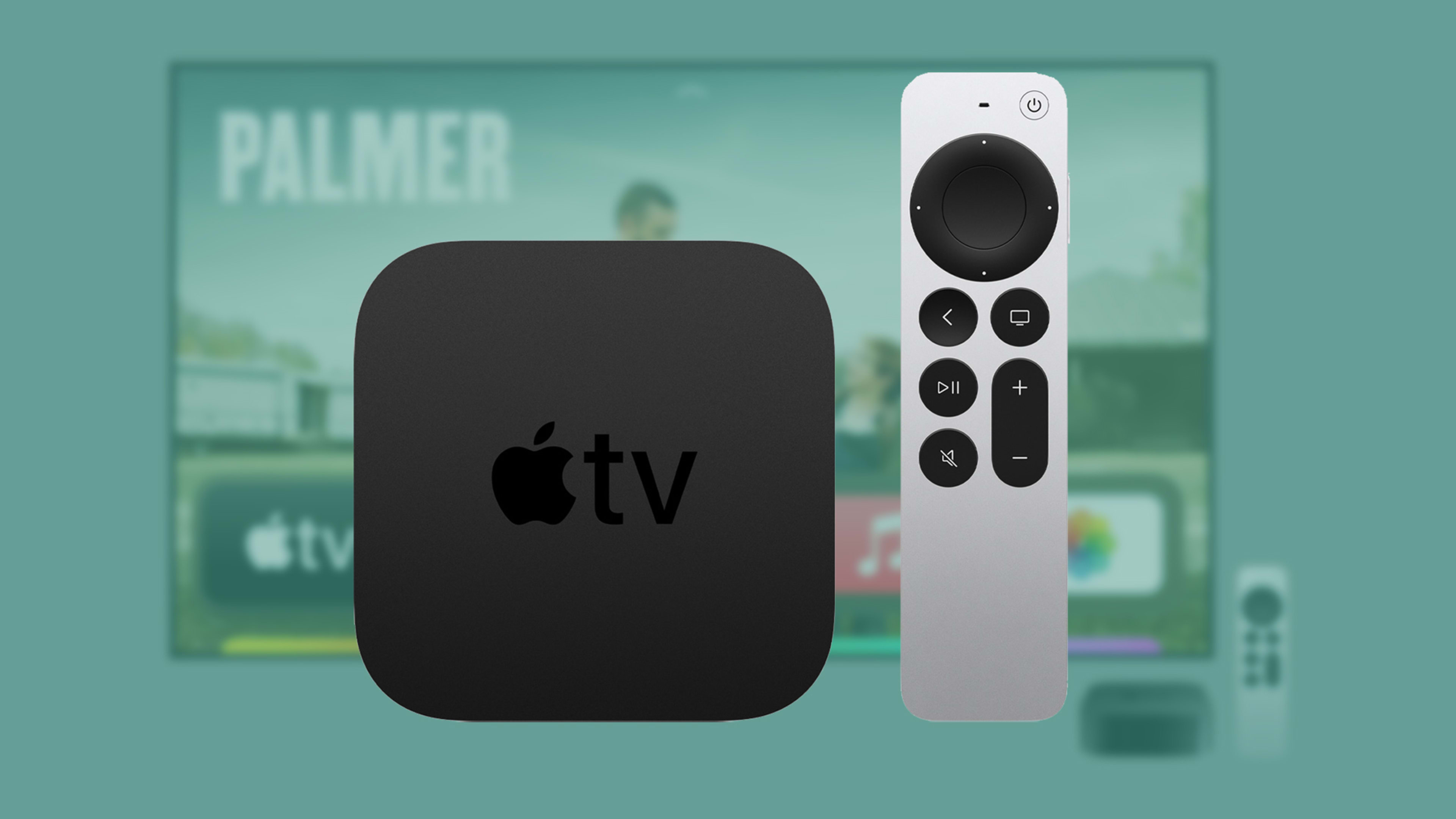As part of its big “Spring Loaded” press event on Tuesday, Apple announced that it will fix your TV’s picture settings in one of the most roundabout ways possible.
Just buy yourself an Apple TV streaming box, plug it into your existing television, then hold your iPhone up to the screen. The Apple TV will then use the phone’s image sensors to calibrate its own color output according to what Apple says are cinematographer-approved specifications. Apple showcased the feature as part of its second-generation Apple TV 4K, which launches next month, though the calibration option will also arrive on existing Apple TV boxes next week.
It’s a neat idea, but it also digs up a rather old question: Why doesn’t Apple just make a smart TV itself? Automatic color balance is the kind of feature that’s begging to be built directly into televisions—in fact, TCL’s Roku TVs already offer something similar—and it’s arriving just as people are starting to favor smart TVs over external streaming players. If Apple wants to keep pace with rivals like Roku and Amazon, the Apple TV box is no longer enough.
Missing the smart TV surge
In fairness, the second-generation Apple TV 4K does seem like a solid upgrade over its predecessor. Its A12 chip should make navigation feel faster than other streaming boxes, and the new Siri remote fixes everything people disliked about the old one. It uses a proper directional pad and relegates swipe gestures to an optional feature, and it has distinct mute and power buttons. (It will also be available for $59 as a replacement for the old, much-unloved remote.)


According to Parks Associates, Apple TV made up just 13% of streaming players owned by U.S. households with broadband internet as of last fall. By comparison, Roku and Amazon Fire TV players have U.S. market share of 38% and 33%, respectively.
Without a smart TV of its own, Apple TV might not even be a consideration as people shop for streaming solutions.
While smart TVs once had a bad reputation for running sluggish, outdated software, that’s not really the case anymore. In the U.S., Roku’s software ships on 38% of all smart TVs sold and provides an experience on par with the latest Roku players. (Even Roku TVs from 2014 are still getting software updates.) You can also buy smart TVs with Amazon’s Fire TV software or Google’s Android TV software, and TVs from other vendors such as Samsung and Vizio are becoming more polished as their makers realize that better software helps them earn more from ads or on-demand video rentals.
As a result, more people are embracing smart TVs at the expense of external players. Without a smart TV of its own, Apple TV might not even be a consideration as people shop for streaming solutions.
It’s Apple television time
The Apple TV still has room to be relevant. Smart TVs and streaming boxes are notorious for gathering and selling data on users’ viewing habits, which means Apple can pitch itself as a privacy-centric alternative. Its TV app is also a useful way to make sense of what’s streaming, and Siri voice search is surprisingly solid. Still, it’s hard to get people excited about those features when they’re delivered as part of a boring black box, one that costs two or three times more than comparable Roku or Fire TV players.

There’s been little talk of Apple developing a smart TV since the company reportedly abandoned its plans to do so in 2015. Instead, it may be tinkering with weirder ideas, like an Apple TV streaming box mashed up with a HomePod speaker.
But maybe the best solution is the most obvious one. Put all the pieces together, and Apple might have a product that stands out in ways that the Apple TV box never has.
Recognize your brand’s excellence by applying to this year’s Brands That Matter Awards before the early-rate deadline, May 3.
